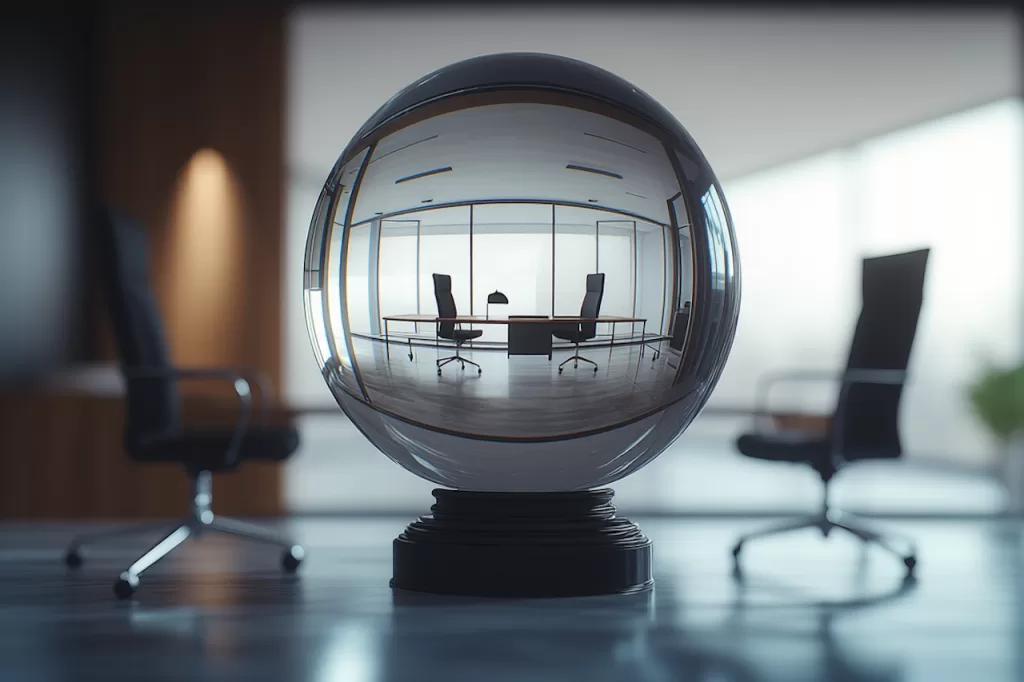In any busy workplace, distractions come in many forms, from digital notifications to chatty colleagues. However, one often overlooked issue is acoustic distraction – the background noise that permeates our offices, open spaces, and shared work areas.
While it may seem harmless, acoustic distraction can have a significant impact on employee productivity, morale, and ultimately, a company’s bottom line.
The Science of Acoustic Distraction
Research has shown that our brains are wired to respond to sound. When we hear background noise, our brain attempts to process it, taking away from our focus and attention. This is known as the “cocktail party effect.”
In a noisy environment, our brain is constantly switching between tasks, trying to filter out the noise, leading to mental fatigue and decreased productivity.

The Business Impact
Acoustic distraction can lead to a range of negative effects on businesses, including:
1. Reduced Productivity: A study by the University of California, Irvine found that employees who worked in noisy environments took 29% longer to complete tasks than those in quiet environments.
2. Decreased Employee Satisfaction: A noisy work environment can lead to increased stress, anxiety, and decreased job satisfaction, ultimately resulting in higher turnover rates.
3. Increased Errors: Background noise can lead to mistakes and errors, particularly in tasks that require concentration and attention to detail.
4. Missed Deadlines: With decreased productivity and increased errors, projects can be delayed, leading to missed deadlines and lost revenue.
5. Negative Impact on Creativity: Acoustic distraction can stifle creativity and innovation, as employees struggle to focus and think critically.
6. Decreased Collaboration: Noisy environments can make it difficult for employees to communicate effectively, leading to decreased collaboration and teamwork.
7. Negative Impact on Well-being: Prolonged exposure to background noise can lead to physical and mental health issues, such as headaches, fatigue, and anxiety.
The Cost of Acoustic Distraction
The cost of acoustic distraction can be significant. A study by the Gensler Research Institute found that employees who worked in quiet environments were 23% more productive than those in noisy environments. This translates to an estimated $10,000 per year in lost productivity per employee.
Additionally, the cost of replacing employees who leave due to a noisy work environment can be substantial, with estimates ranging from 16% to 213% of the employee’s annual salary.
Solutions to Acoustic Distraction
Fortunately, there are steps businesses can take to mitigate the effects of acoustic distraction:
1. Acoustic Design: Incorporate sound-absorbing materials, such as acoustic panels, into office design.
2. Quiet Rooms: Providing quiet rooms or spaces for employees to retreat to when needed.
3. Noise-Cancelling Headphones: These are becoming a popular solution in busy environments as they can be effective in blocking out background noise.
4. Flexible Work Arrangements: Allowing employees to work from home or a quiet location of their choosing when possible.
5. Sound Masking: Implement sound masking systems that produce a constant, soothing sound to help mask background noise.
6. Employee Training: Provide employees with training on how to manage distractions and stay focused in a noisy environment, and also behavioural guidelines for working in shared spaces.
7. Noise Reduction Policies: Implementing policies that aim to reduce noise levels, such as designated quiet hours or noise-free zones.
In summary
Acoustic distraction is a real and significant issue. By understanding the science and the business costs associated with it, businesses can take steps to mitigate its effects and create a more productive, satisfying, and innovative work environment.
By investing in possible solutions as outlined above, businesses can reduce the negative impacts of acoustic distraction and improve the bottom line. With the estimated cost of acoustic distraction ranging from $10,000 to $20,000 per year per employee, the investment would be well worth it.
![The [RE]Search Co.](https://re-search.co/wp-content/uploads/2025/02/The-RE-Search-Co-Orange_Grey-png-350x51.avif)












